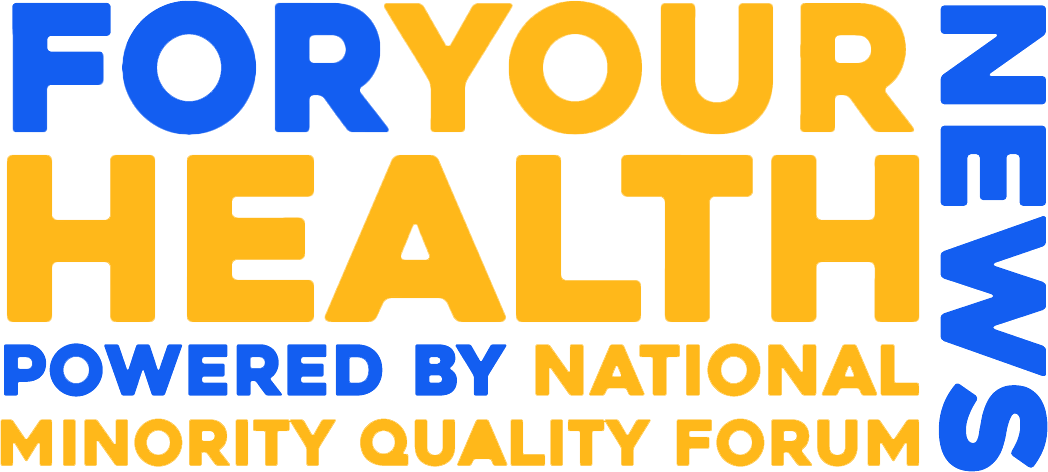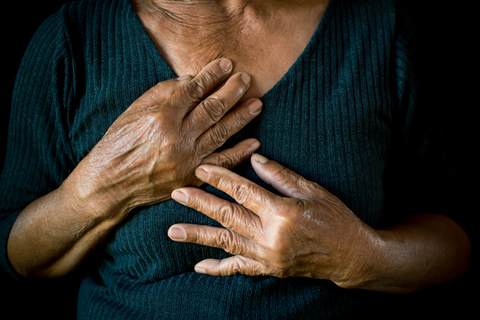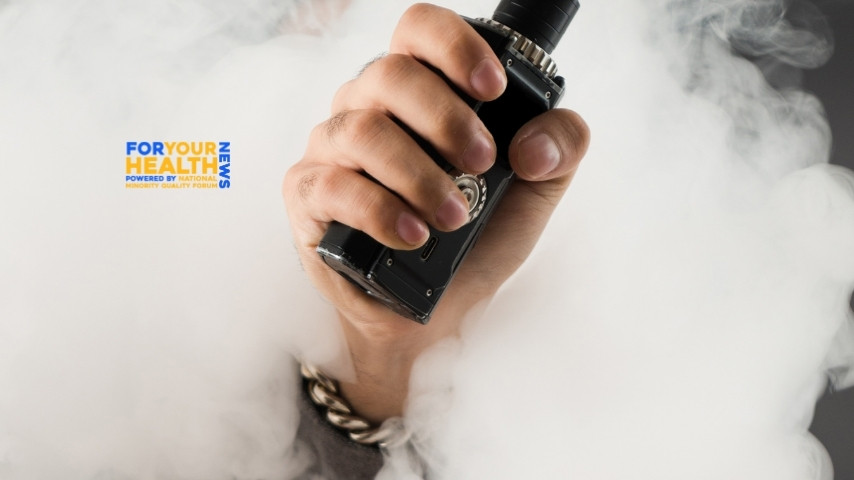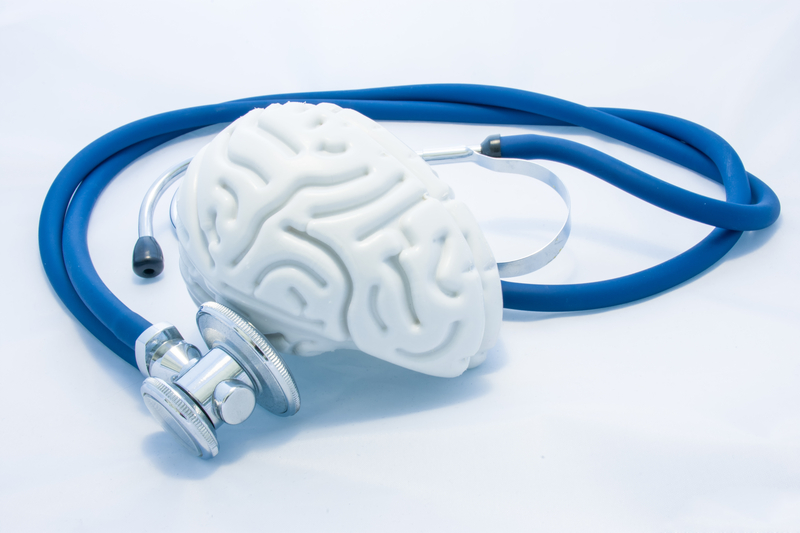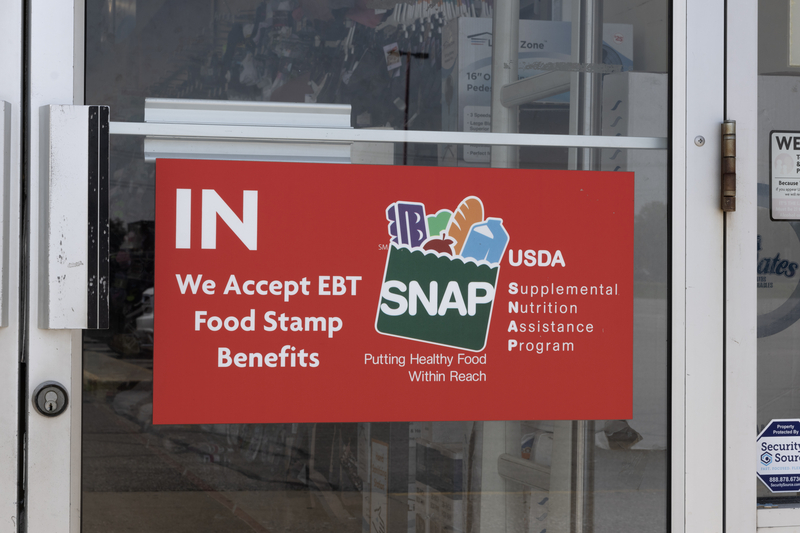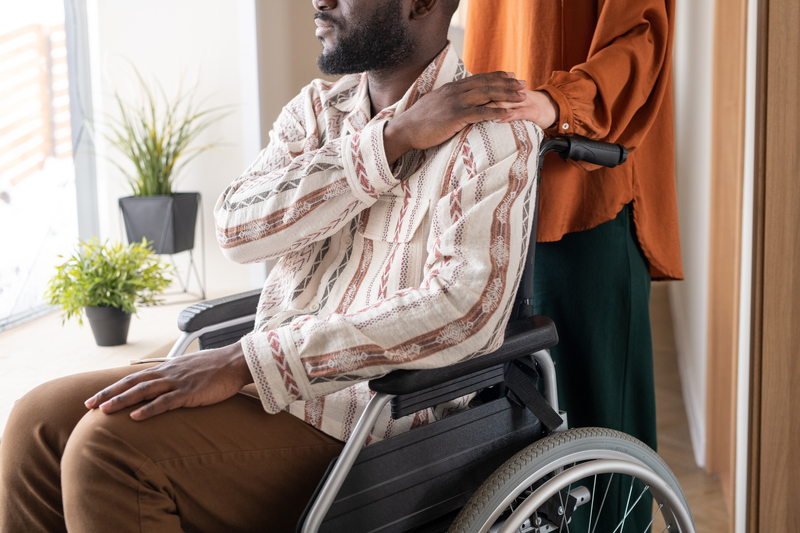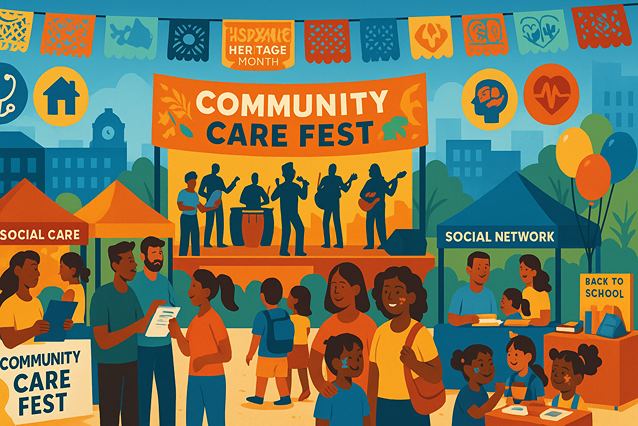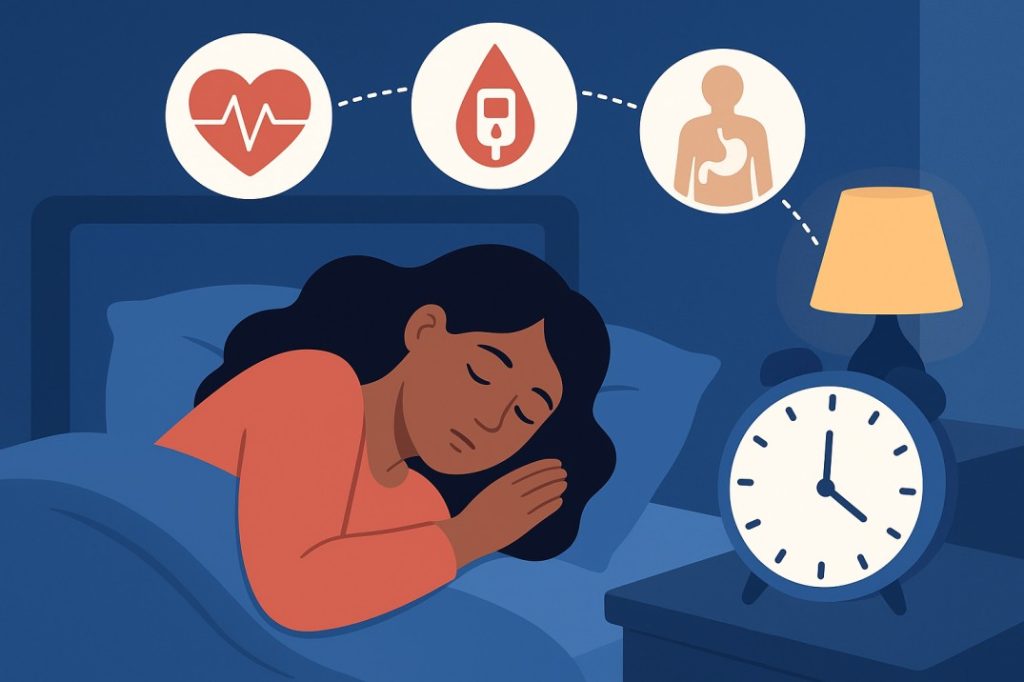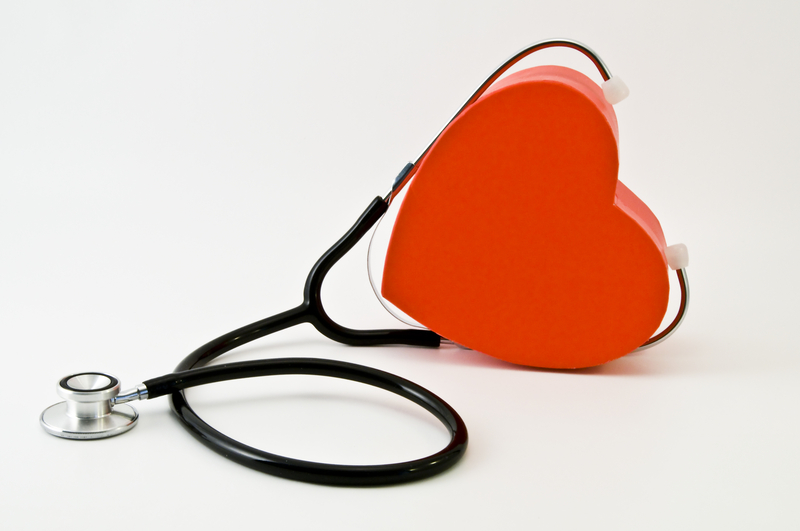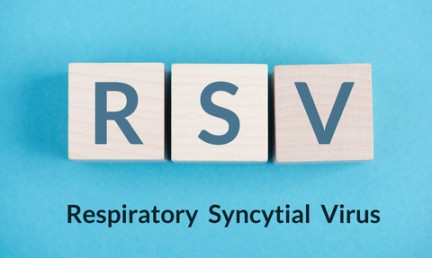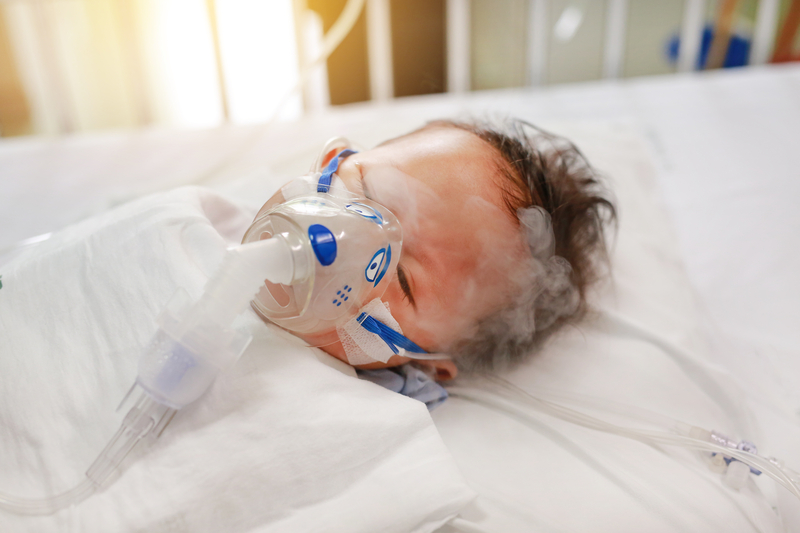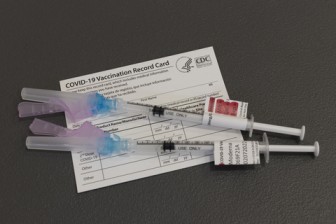Unequal Lung-Cancer Burdens Rooted in Structural Inequities
Lung cancer remains one of the leading causes of cancer-related deaths in the United States, yet its burden is not distributed equally across communities. Low-income Black, Latino, Indigenous, and other minority neighborhoods face higher exposure to environmental hazards, limited access to early detection, and barriers to quality treatment—all of which contribute to disproportionately worse lung-cancer outcomes. These inequities are not rooted in biological differences but in the unequal social, environmental, and economic conditions that shape health long before someone enters a clinic.
Environmental Exposures Shaped by Discriminatory Policies
For many marginalized communities, environmental exposure begins at home. Decades of discriminatory housing and zoning policies have placed low-income minority neighborhoods closer to highways, factories, and industrial facilities that emit carcinogens such as benzene, formaldehyde, and particulate matter. These pollutants increase long-term respiratory irritation and raise the risk of developing lung cancer. In addition, some communities face elevated levels of radon in aging rental housing, yet lack resources for testing or mitigation. Environmental injustice compounds over time, creating a landscape where residents are continually exposed to harmful air quality while having limited power to demand change.
Tobacco Exposure Intensified by Targeted Marketing
Tobacco exposure also reflects inequities rather than personal choice alone. Many low-income minority neighborhoods have higher concentrations of tobacco retailers, targeted advertising, and fewer cessation resources. The combination of environmental pollutants and tobacco exposure—whether through smoking or secondhand smoke—creates a dual burden that heightens lung-cancer risk. These conditions are shaped by decades of corporate targeting and inconsistent public health investment, not individual failure.
Barriers to Early Detection and Preventive Care
Even when symptoms arise, access to early detection is uneven. Preventive care, routine screenings, and timely follow-ups are far less common in under-resourced communities due to underinsurance, clinic shortages, transportation barriers, and mistrust of healthcare systems rooted in historical mistreatment. As a result, lung cancer is often diagnosed at later stages when treatment options are limited and survival rates drop sharply. In wealthier areas, residents benefit from more consistent primary care, patient navigation, and advanced diagnostic technologies that catch lung cancer earlier.
Treatment disparities further widen survival gaps. Residents of low-income minority neighborhoods may lack access to comprehensive cancer centers, clinical trials, or affordable specialist care. Financial strain can delay treatment decisions, limit adherence to therapy, and force trade-offs between health and basic needs. Implicit bias within healthcare systems can also influence how aggressively symptoms are evaluated and treated. These systemic barriers, layered on top of environmental risks, create a cycle that continually disadvantages the same communities.
The Path Forward: Environmental Justice and Health Equity
Addressing unequal lung-cancer outcomes requires confronting the structural forces that shape environmental and health inequities. This includes strengthening air-quality regulations, enforcing industrial accountability, investing in housing remediation, and expanding access to radon testing and tobacco-cessation services. Equally important are policies that improve healthcare access, expand screening eligibility, and invest in culturally competent, community-based outreach that builds trust and closes gaps in early detection and treatment.
Lung cancer does not occur in isolation—it grows out of unequal environments, uneven resources, and unjust systems. Improving outcomes for low-income minority neighborhoods requires more than medical interventions; it demands environmental justice, equitable healthcare, and long-term policy change. By addressing these root causes, we can create healthier communities and ensure that every person has a fair chance to prevent, detect, and survive lung cancer.
